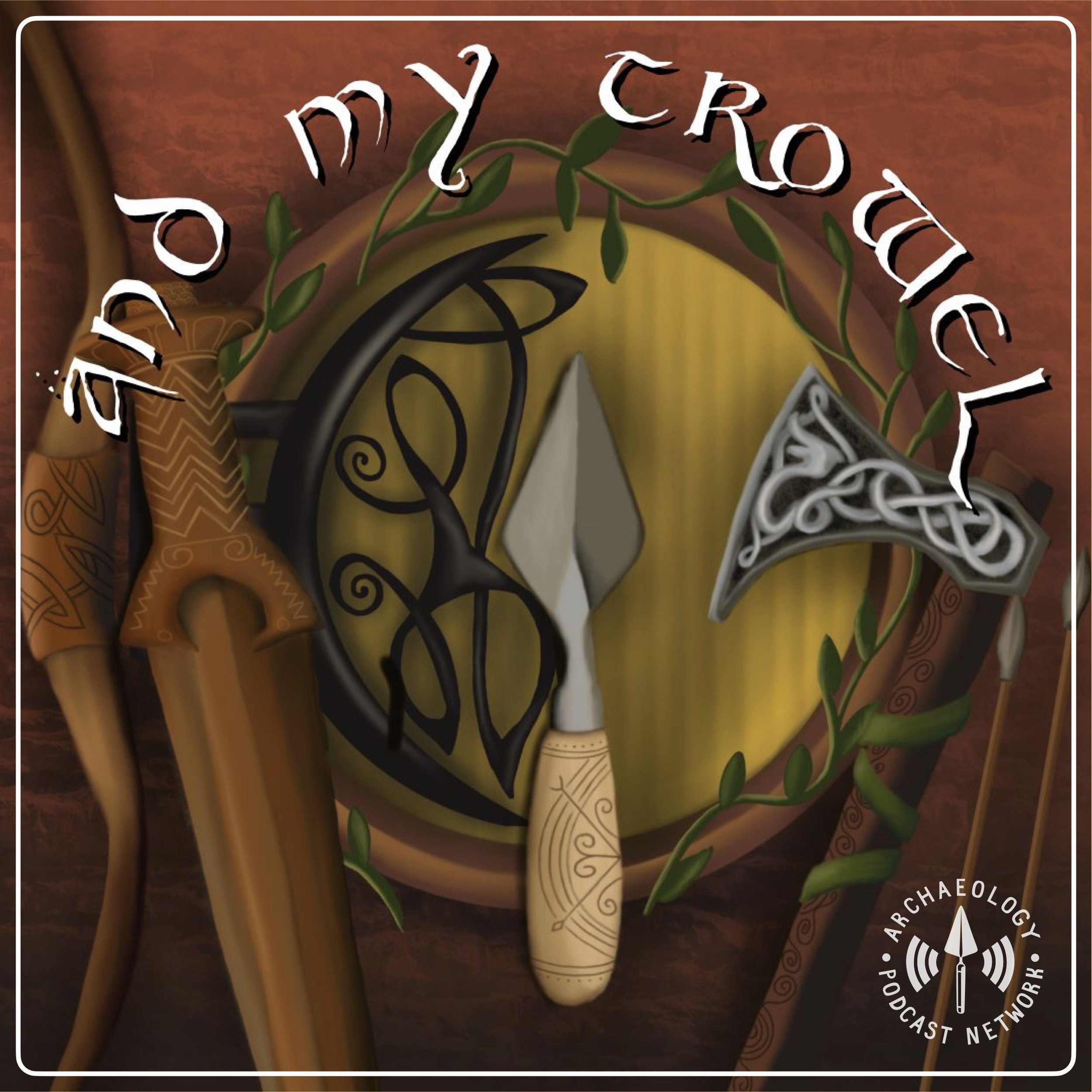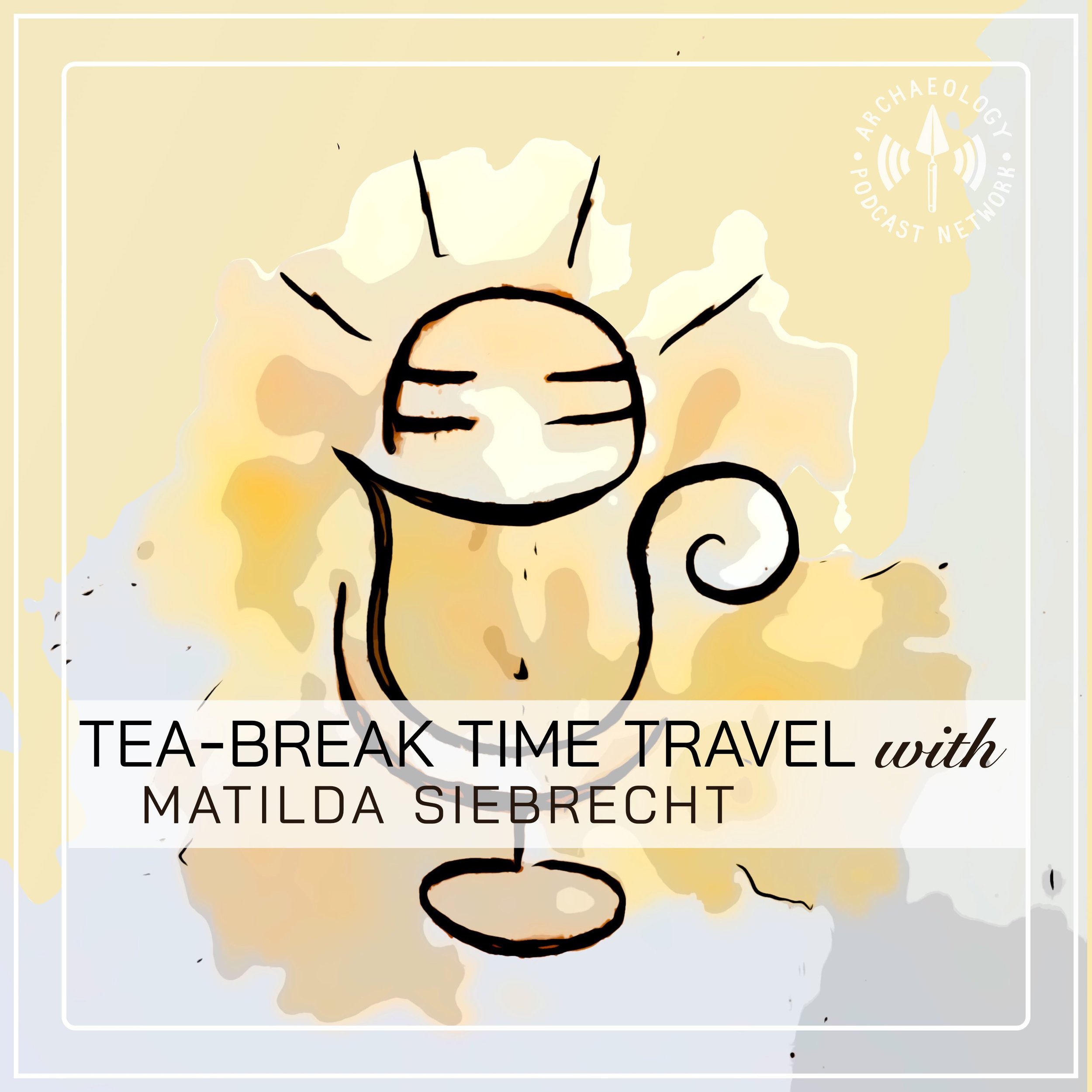The first news story this week used DNA to find out some interesting things about some Christians in Spain. Not only were they inbreeding, likely to keep their faith and lines pure, but they had small pox and some other interesting characteristics. Next we learn about a small disc found on the island of Crete with an unreadable script on it. Finally, how did early Scandinavian’s build boats? Perhaps the evidence has always been there.
Links
DNA reveals inbreeding, smallpox and violent ends among cave-dwelling Christians in medieval Spain
rabias_world1 (Instagram account with traditional Chinese methods Rachel mentioned)
These Markers of Scandinavia’s Bronze Age Boatyards Were Hiding in Plain Sight
Contact
Chris Webster
Rachel Roden
ArchPodNet
APN Website: https://www.archpodnet.com
APN on Facebook: https://www.facebook.com/archpodnet
APN on Twitter: https://www.twitter.com/archpodnet
APN on Instagram: https://www.instagram.com/archpodnet
Tee Public Store: https://www.teepublic.com/stores/archaeology-podcast-network?ref_id=5724








